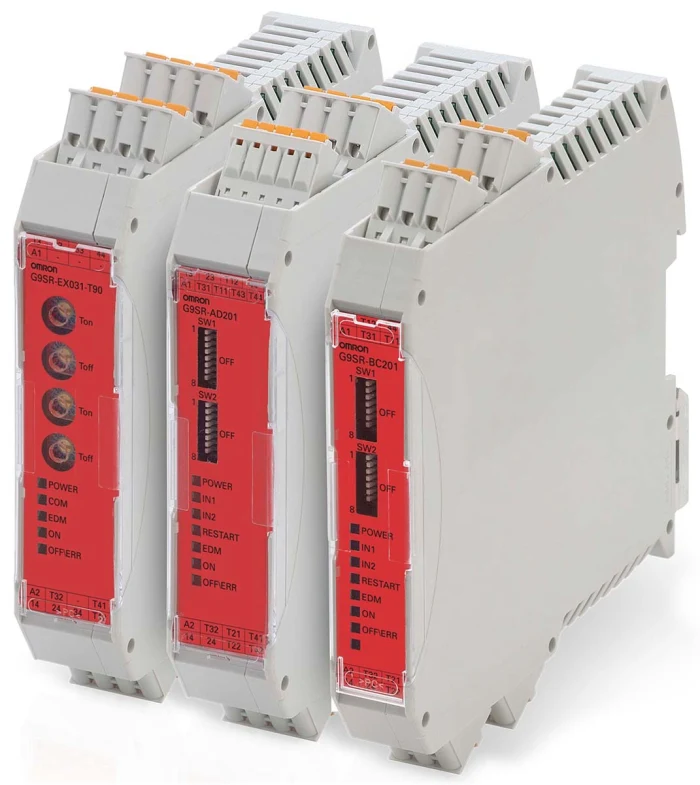
PLC and Relays
Programmable Logic Controllers (PLCs) and safety relays are essential components in industrial automation, particularly when it comes to ensuring safety and operational efficiency. These devices play a critical role in controlling, monitoring, and safeguarding complex machinery and processes. In environments where industrial sensors are used to monitor equipment, PLCs and relays work in tandem to provide reliable control and safety, minimizing the risk of accidents and system failures.
Safety PLCs are specialized versions of standard PLCs designed with enhanced safety features. They are responsible for executing safety-related tasks, such as emergency stops, safety door monitoring, and the management of hazardous processes. These PLCs are built to meet strict safety standards (such as SIL or ISO 13849), ensuring that they can operate even in critical conditions. When integrated with safety sensors, safety PLCs can immediately halt machinery if dangerous situations arise, reducing the risk of injury and equipment damage.
Safety relays, on the other hand, are devices used to ensure that safety circuits operate correctly. Unlike regular relays, safety relays are specifically designed to monitor critical safety functions, such as overcurrent protection or emergency stops. They ensure that if a fault is detected, the relay will activate a safe response, often cutting off power to prevent accidents. These relays are robust and reliable, providing an extra layer of security in high-risk environments.
In conclusion, PLCs and safety relays are crucial for maintaining safe and efficient operations in industrial environments. Their integration with industrial sensors allows for precise control and real-time safety responses. Investing in high-quality safety PLCs and relays ensures a safer workplace and helps meet stringent regulatory requirements.
